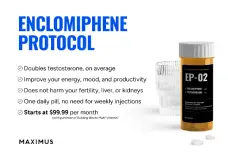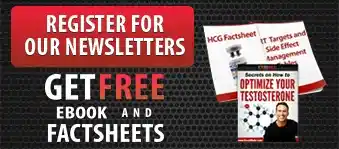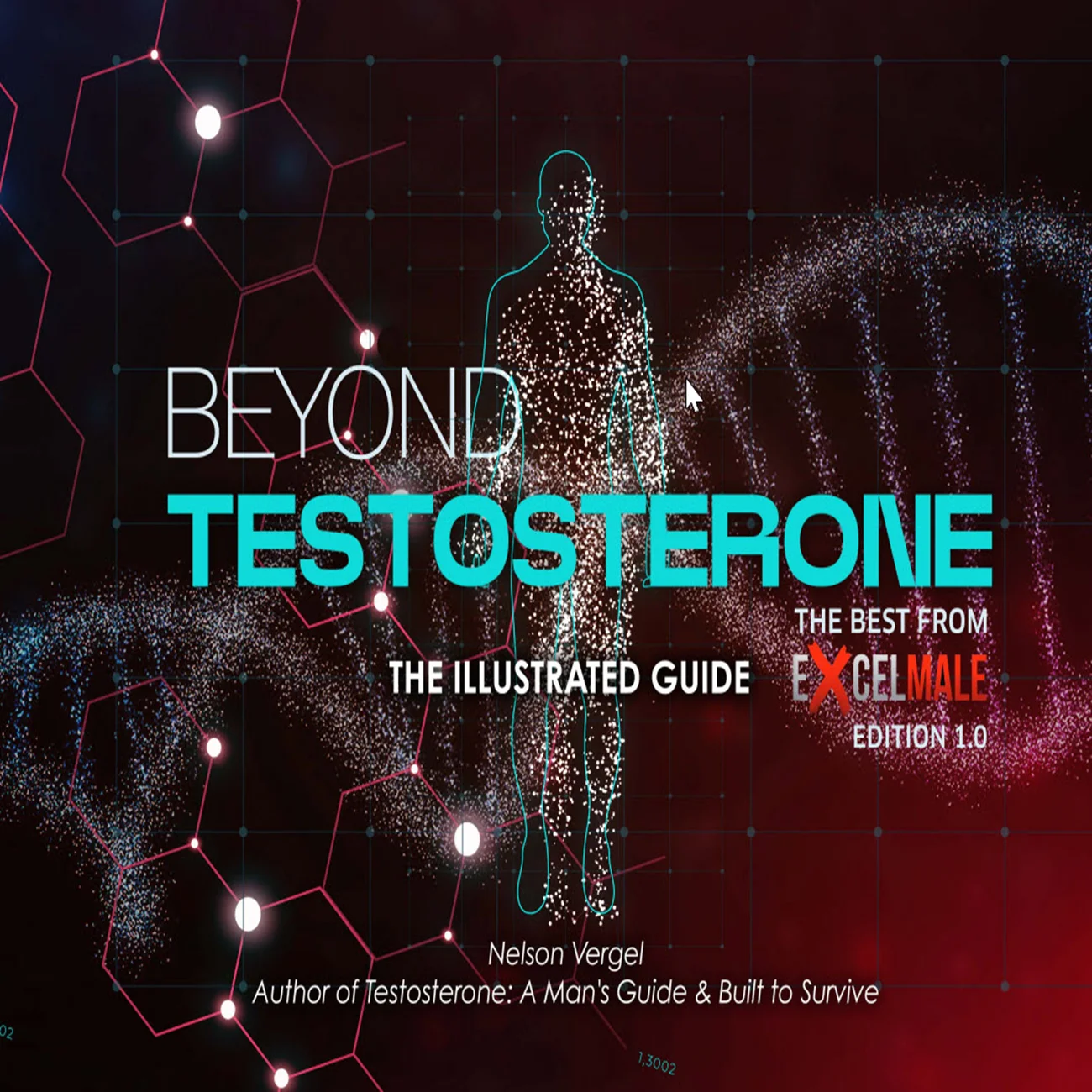What you describe is not so unusual, at least based on reports in the forums. I went through something comparable. My hypothesis is that these difficulties are the eventual result of TRT's disruption of other hormones. The other hormones can include LH, FSH, GnRH, kisspeptin, DHEA, progesterone, pregnenolone, cortisol, aldosterone, T3, T4, prolactin and SHBG. Treatment consists of trying to return to levels that are appropriate for your physiology. As we generally don't know what these levels are, a first order approximation is average levels for healthy young men. Now I'm not advocating an attempt to micro-manage everything—as this gets complex and impracticable in a hurry. There are some simpler approaches, still requiring patience.
It does make sense to start with a variable that's easy to control—the testosterone dose. Did you mean to say that 17 nMol/L is your
total serum testosterone? That would make more sense, and implies that your peak may be over 35 nMol/L, which is very likely above what's natural for your physiology. So the first order of business is to dose such that your testosterone stays physiological throughout the dosing cycle. More frequent injections do help to smooth things out and allow lower, more natural doses. Your current protocol provides an average of 14 mg testosterone per day. The natural production range is more like 3-9 mg. Therefore it behooves you to also lower the dose as you increase the injection frequency. Possible protocols include 50 mg TC twice a week or 24 mg EOD. Bear in mind that with dose reductions it's common to feel worse before feeling better, and the process can take months. However, many men do get better results after such reductions. I have a list of anecdotes
here. If you have the patience then don't be afraid to try doses resulting in below-average levels. There are a lot of men functioning perfectly well with total testosterone in the range of 15-20 nMol/L. Ideally free testosterone is monitored to ensure similar results relative to reference ranges.
Your current prolactin is high enough to cause problems for some. It may improve as you lower the testosterone dose. You can also micro-dose some cabergoline to test whether pushing prolactin below 10 ng/mL is helpful. Personally I saw improvements when I pushed down prolactin this way, but they were limited in scope, as if I were only attacking one subset of symptoms.
I can't recall if you'd used hCG. That is something else to consider and is very helpful in some cases. But sometimes it's hard to find a dose that resolves some symptoms without causing other problems. I would start with 200 IU twice a week and increase slowly from there.
It's useful to measure progesterone. Sometimes this is low under TRT, and can be improved with supplementation via topical application or injections.
I've done all of these things and others without achieving my goals. This led me into a complex protocol that does try to "fix" many of the disrupted hormones. If I were starting over I would try a simpler approach, changing over to short-acting testosterone. Short-acting testosterone has the large advantage of greatly reducing the effects on other hormones. Research on Natesto, a testosterone nasal gel, has shown that the HPTA can continue to function, even as symptoms of hypogonadism resolve. So consider this as a possible backup plan if your other tinkering is unsuccessful. I'm not sure what's available in Canada. In the U.S. there is generic testosterone nasal gel for those finding Natesto to be too expensive. Compounding pharmacies also offer troches, which appear to provide similar pharmacokinetics to nasal gel, and might be more user-friendly for some.












